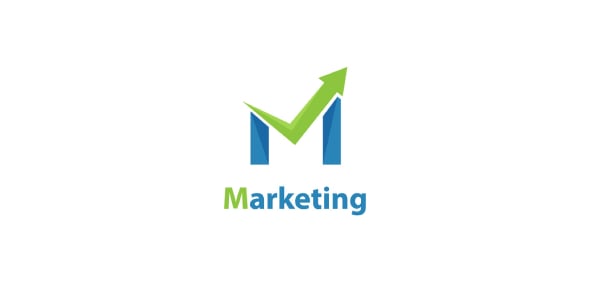Chapter 9, 11, And Appendix D
- CRM
- SDLC
- BI
2.
You may optionally provide this to label your report, leaderboard, or certificate.
×
Thank you for your feedback!
















